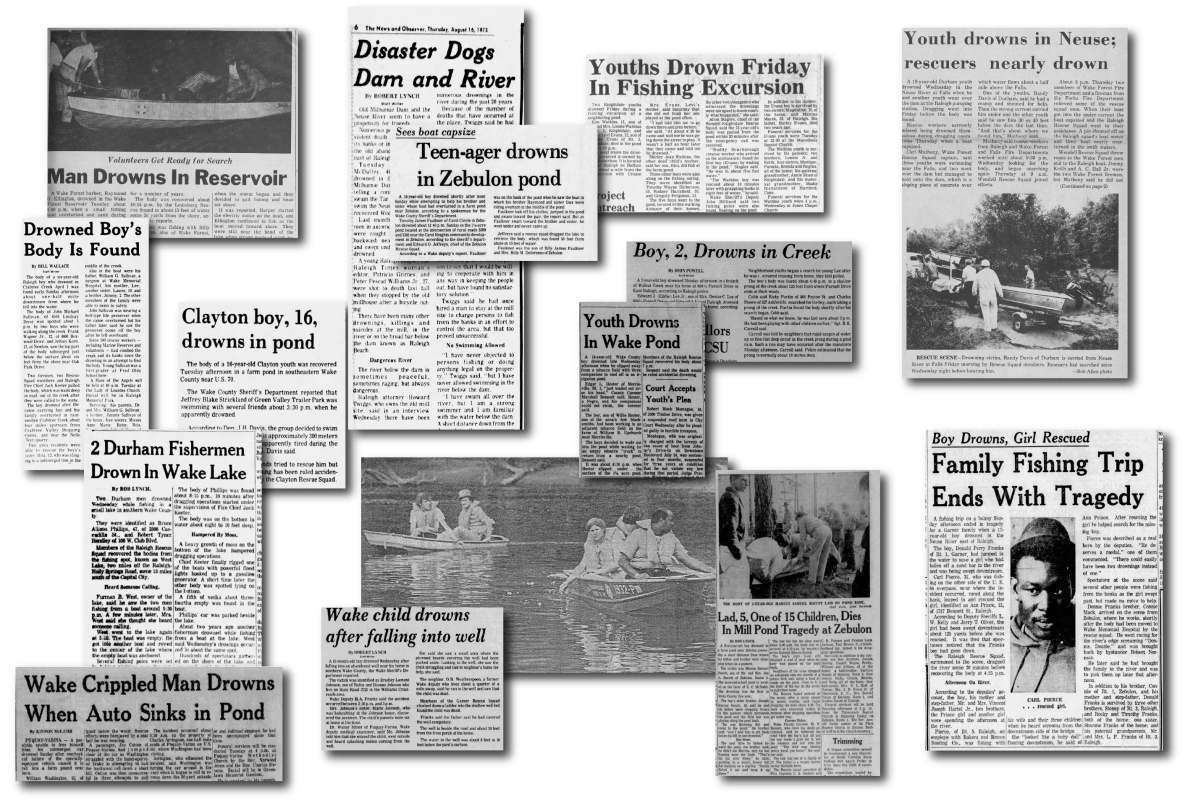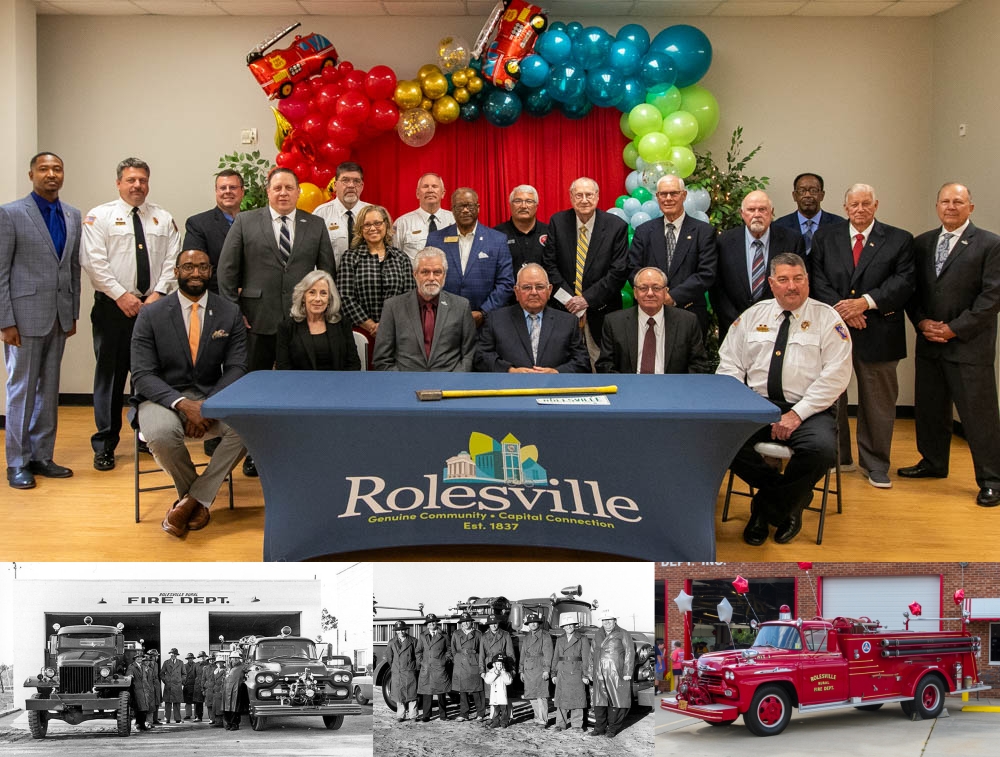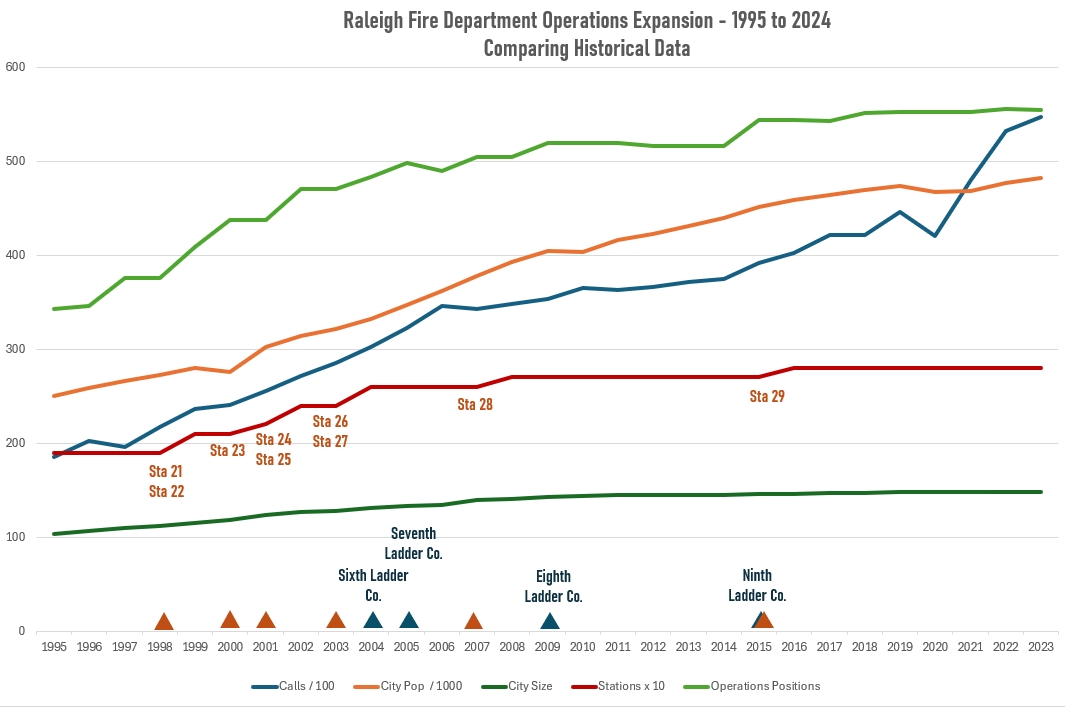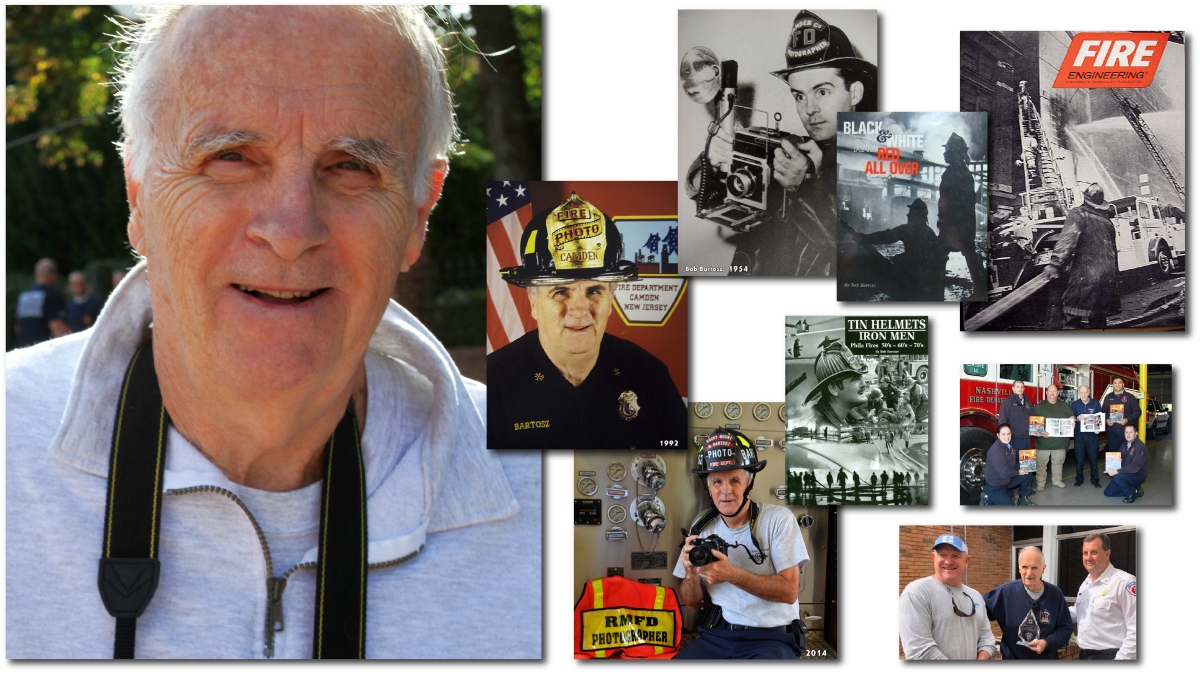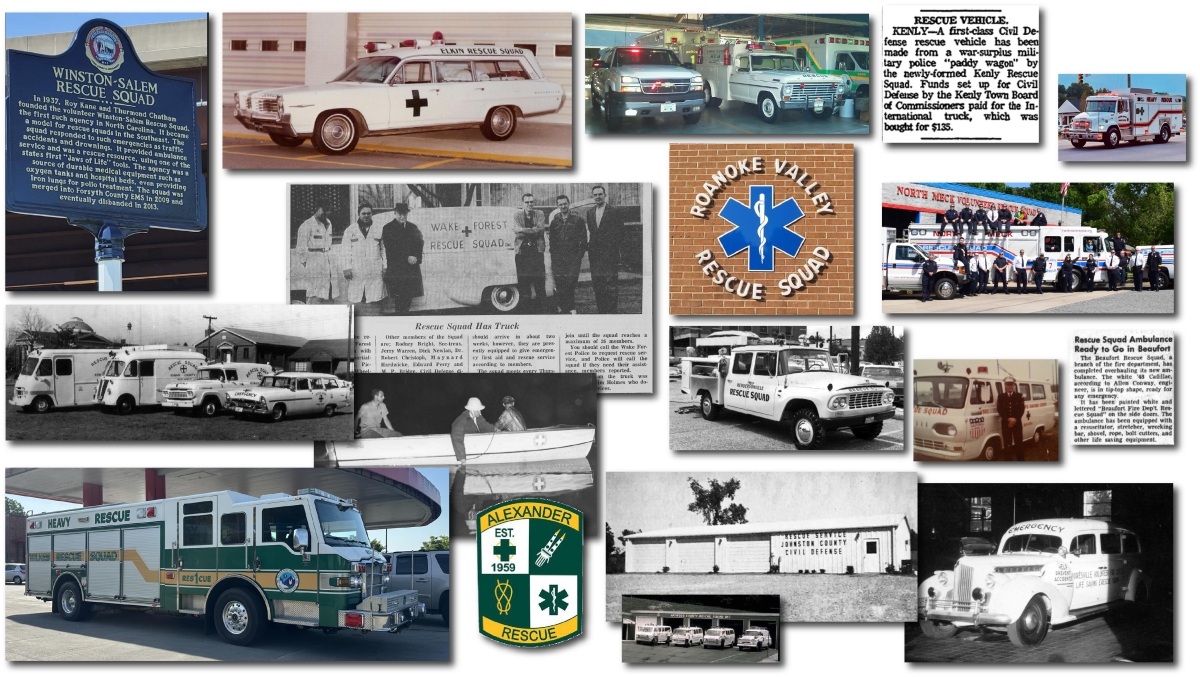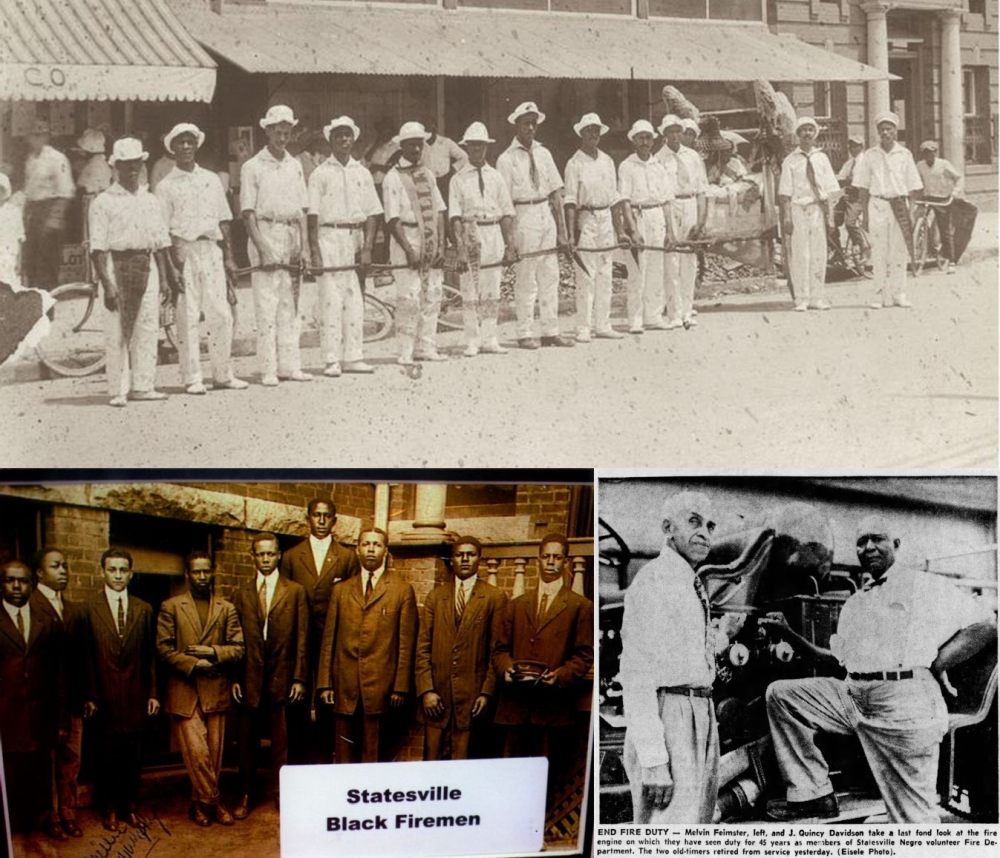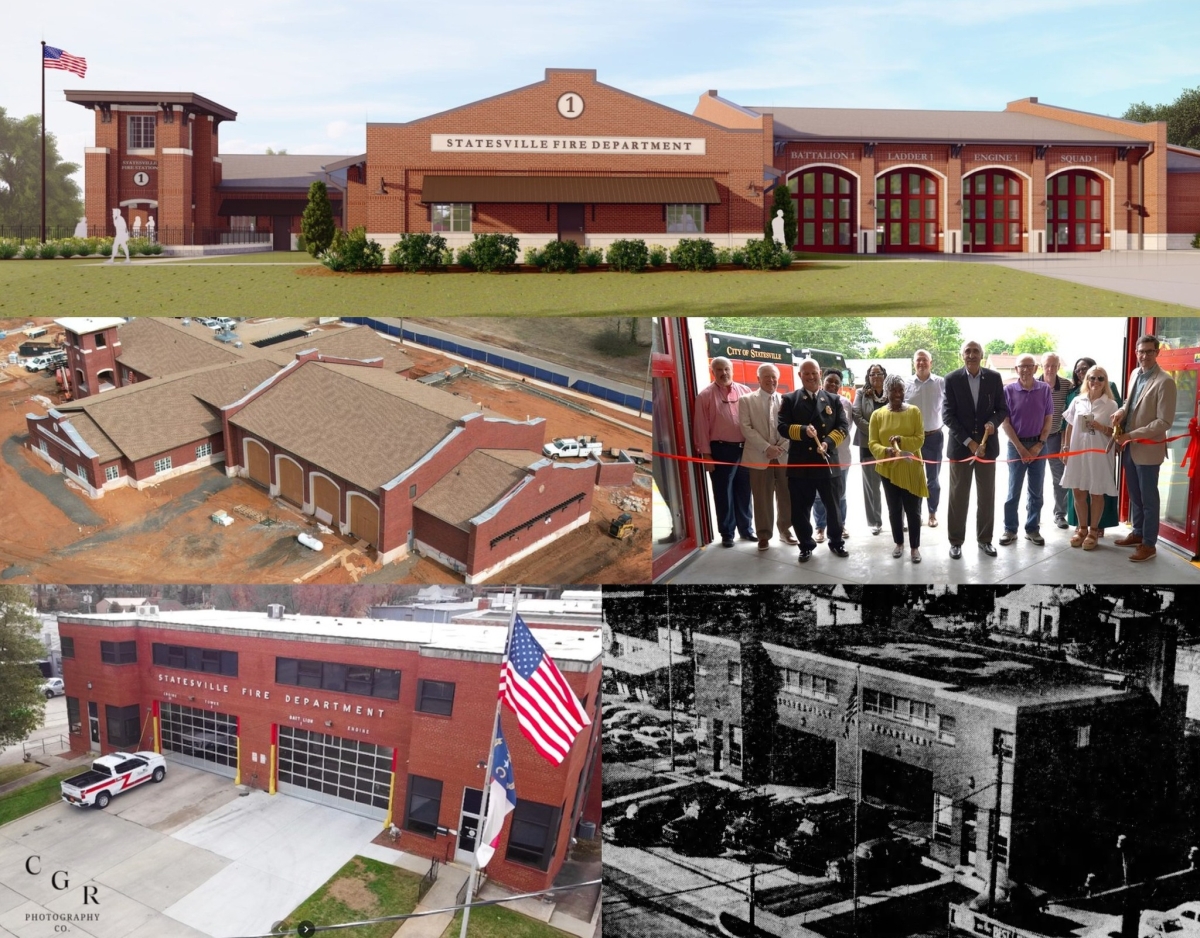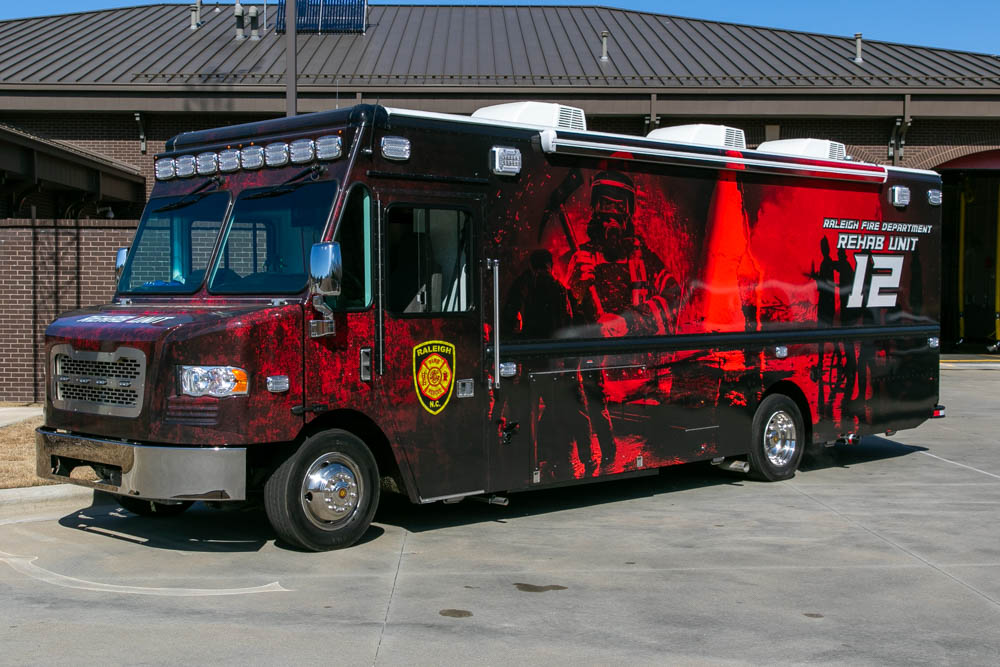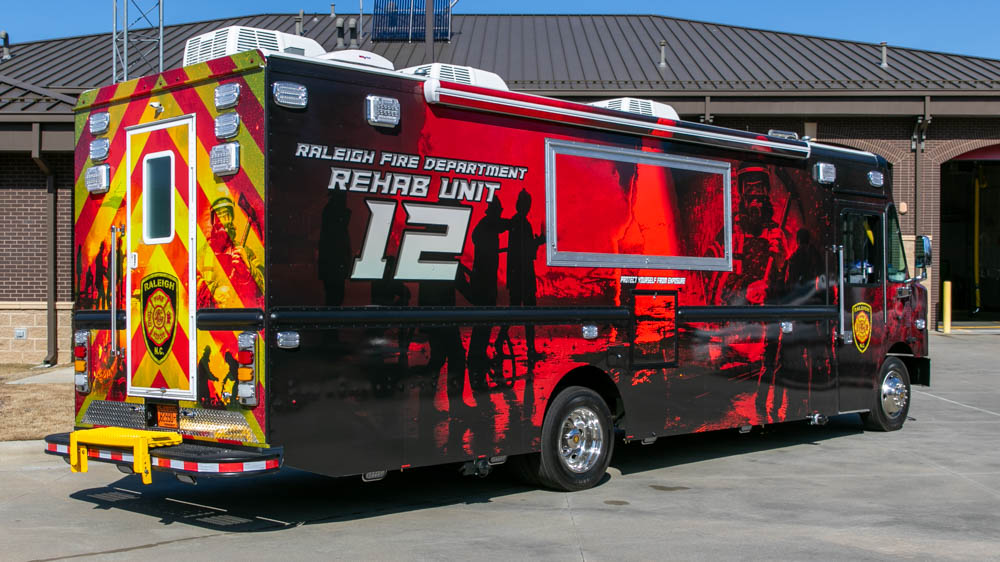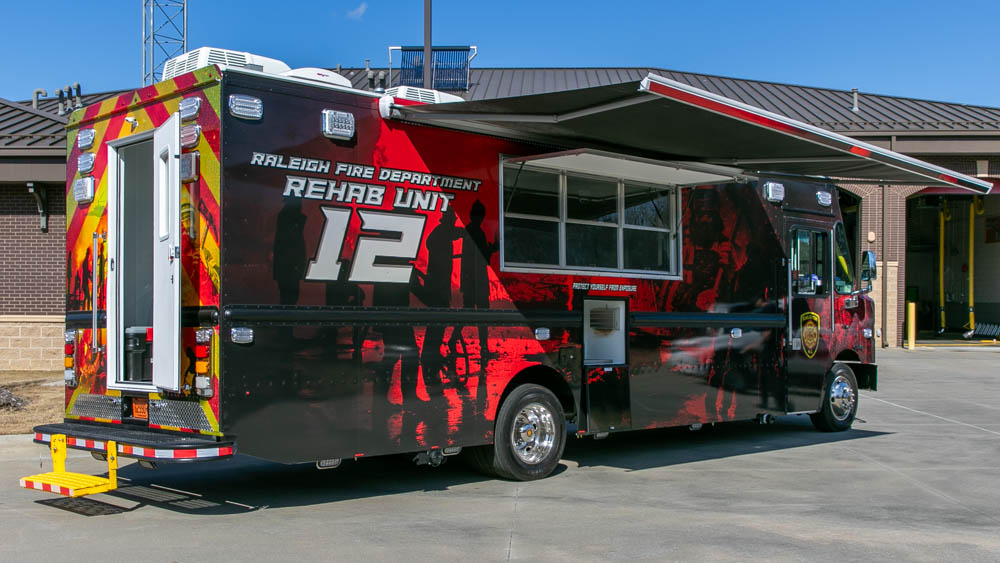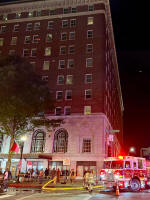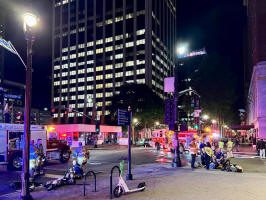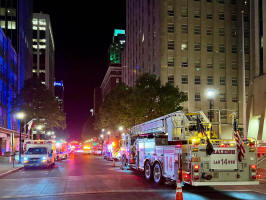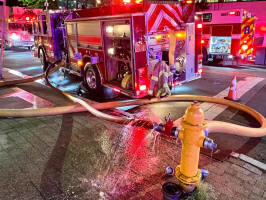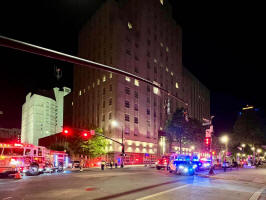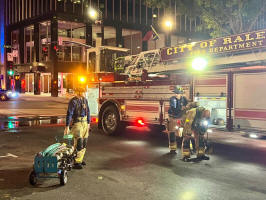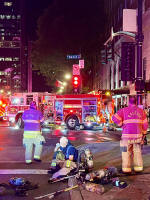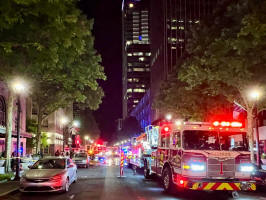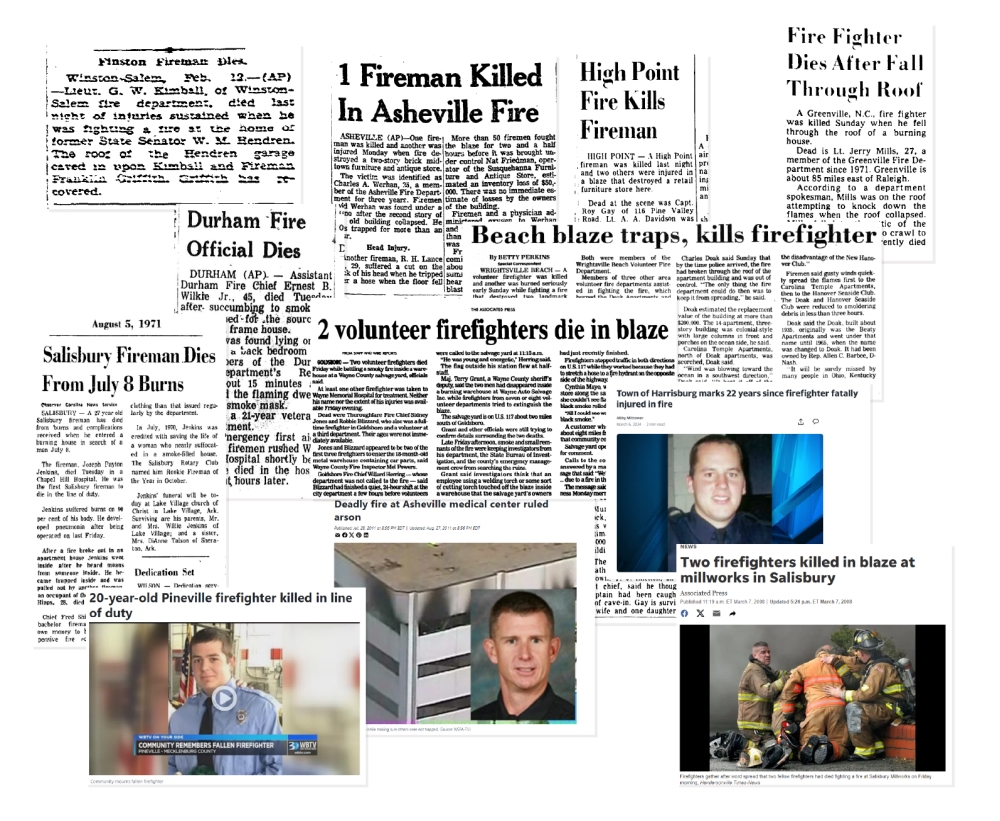This is a version of a Facebook posting from February 2021. It has been expanded with additional data. Last updated, June 10, 2024.
Introduction
This blog post presents research notes from newspaper stories about Wake County rescue squad responses to drownings in ponds, lakes, or creeks in the 1950s, 1960s, and 1970s.
Drownings were a common call type for the early squads, that included Raleigh (1953), Wake Forest (1952), and Wendell (1962). Boats, motors, oars, hooks, et al were among their early equipment. (Recall that patient transport services were performed by funeral homes at that time. Community rescue squads–along with private ambulance services and, later, Wake County EMS–evolved to fill that role.)
In fact, the Raleigh Emergency Rescue Squad was organized partially in response to a body recovery after a drowning on the Neuse River. The city manager requested help from the fire chief, after receiving multiple complaints about the body of a drowning victim that had not been recovered.
Read research notes (PDF).
Read about Wake County rescue squad histories.
See source documents (plus additional news articles) in this Google Drive folder.
